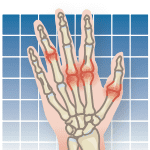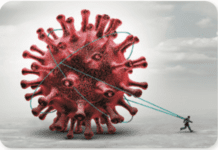Scientists at the University of North Carolina have identified a new way to deliver pain relief through acupuncture. Several years ago, university researchers demonstrated how injecting prostatic acid phosphatase (PAP) into the spine eased chronic pain in rodents. The only problem was PAPs delivery, which is invasive and must be performed in a clinical setting. They found that when an acupuncture needle is inserted into an acupuncture point and stimulated, nucleotides are released. These nucleotides are then converted into adenosine, which reduces the bodys sensitivity to pain. But for most acupuncture patients, relief lasts for only a few hours. Scientists, aware that PAP makes adenosine and lasts for days following spinal injection, wondered what would happen if PAP were injected into an acupuncture point. To find out, they injected PAP into the tissue area behind the knee. Surprisingly, they found that pain relief lasted 100 times longer than traditional acupuncture. By avoiding the spine, they also could increase the dose of PAP. The next step will be refining the protein for use in human trials.
To continue reading this article or issue you must be a paid subscriber.
Sign in






























